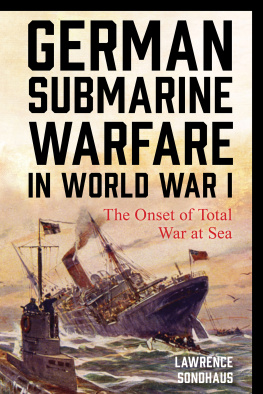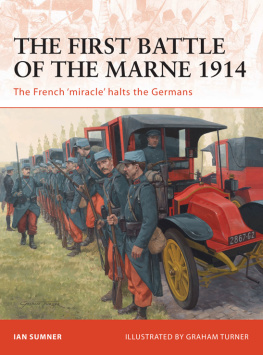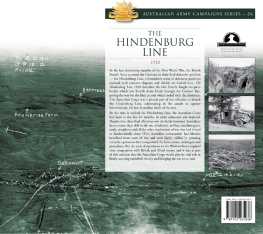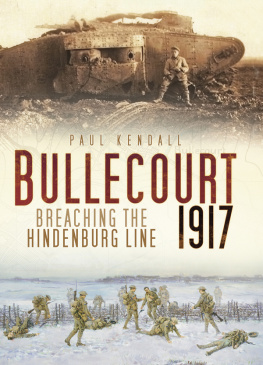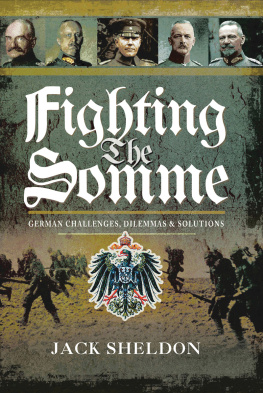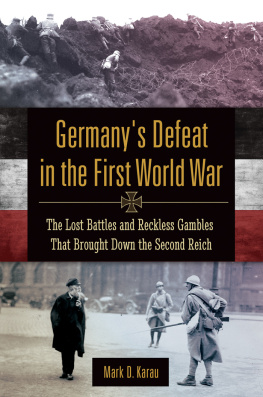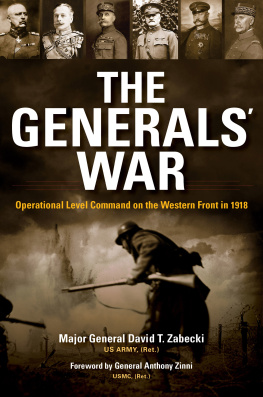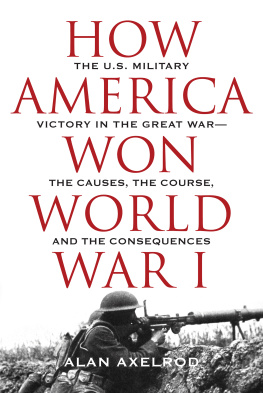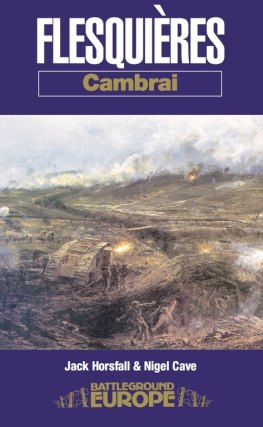HINDENBURG
MILITARY PROFILES
SERIES EDITOR
Dennis E. Showalter, Ph.D.
The Colorado College
Instructive summaries for general and expert
readers alike, volumes in the Military Profiles
series are essential treatments of significant and
popular military figures drawn from world history,
ancient times through the present.
HINDENBURG
Icon of German Militarism
William J. Astore and Dennis E. Showalter

Copyright 2005 by Potomac Books, Inc.
Published in the United States by Potomac Books, Inc. (formerly Brasseys,
Inc.). All rights reserved. No part of this book may be reproduced in any
manner whatsoever without written permission from the publisher, except in
the case of brief quotations embodied in critical articles and reviews.
Library of Congress Cataloging-in-Publication Data
Astore, William J.
Hindenburg : icon of German militarism / William J. Astore and
Dennis E. Showalter. 1st ed.
p. cm.
Includes bibliographical references and index.
ISBN 1-57488-653-3 (hardcover : alk. paper)ISBN 1-57488-654-1 (soft-cover : alk. paper)
1. Hindenburg, Paul von, 1847-1934 2. PresidentsGermany
Biography. 3. GeneralsGermanyBiography. 4. Militarism
GermanyHistory. 5. GermanyPolitics and government1871-1933.
I. Showalter, Dennis E. II. Title.
DD231.H5A8 2005
943.085092dc22 2004013454
(alk. paper)
Printed on acid-free paper that meets the
American National Standards Institute z39-48 Standard.
Potomac Books, Inc.
22841 Quicksilver Drive
Dulles, Virginia 20166
first edition
10 9 8 7 6 5 4 3 2 1
Printed in Canada
List of Maps
Preface
To the historian Hans Delbrck he was the great old zero. To Adolf Hitler he was the old cab horse. In many histories of World War I, he appears as a slow-witted figurehead dominated by a dynamic, innovative, and excitable Erich Ludendorff. For most Americans his name conjures up images of the eponymous dirigible that in 1937 exploded spectacularly in flames. Yet, to millions of ordinary Germans during and after World War I, Paul Ludwig Hans Anton von Beneckendorff und von Hindenburg was the hero of Tannenberg and an icon of such Prussian virtues as discipline, duty, order, and respectability. From the crucible of war, he emerged as an ersatz kaiser: a symbol and substitute figure in the imperial role Wilhelm II could not fill and Weimar politicians could not replace.
Hindenburgs life encompassed and encapsulated the Second Reichs rise, collapse, and rebirth as the democratic Weimar Republic, an entity weakened by economic dislocation and depression and eventually overwhelmed by the thrusting militarism, hypernationalism, and racism of Hitlers National Socialist German Workers Party (NSDAP). Today, Hindenburgs reputation is irredeemably stained by the role he played in facilitating Hitlers legal acquisition of power, with the Prussian field marshal reduced to the Bohemian Corporals Steigbgelhalter (stirrup holder).
Like Hitler and millions of other Germans, Hindenburg was transformed by World War I. After a successful, if unspectacular, military career spent largely in peacetime routines, destiny was thrust upon Hindenburg when he was recalled to active duty and sent to stem the Russian invasion of East Prussia in August 1914. Partnered with Erich Ludendorff, Hindenburg became a powerful symbol of German military proficiency after impressive initial victories at Tannenberg and Masurian Lakes. Promoted to field marshal and given command of all German forces in the east, he led Germany from victory to victory as the western front stagnated. When stalemate and high losses at Verdun in 1916 discredited his main military rival and nominal superior, Erich von Falkenhayn, Hindenburg became chief of the imperial general staff with Ludendorff as his deputy, or first quartermaster general. Their partnership proved fatal for imperial Germany.
Wartime photographs showing a united triumvirate of the kaiser and his two warlords obscured friction and discord. Kaiser Wilhelm disliked Hindenburg and despised Ludendorff but did little to prevent them from forming a virtual military dictatorship after they successfully schemed to have Theobald von Bethmann Hollweg dismissed as chancellor in July 1917. The so-called Hindenburg Program to mobilize the German economy for total war strengthened the army temporarily at the price of permanently debilitating the home front. Against that backdrop Hindenburg oversaw Germanys fatal decision in January 1917 to resume the unrestricted submarine warfare that led to United States entry into the war in April; insisted on onerous demands (the short-lived Treaty of Brest-Litovsk) against a defeated Russia, which later spurred Entente demands at Versailles; and approved the Ludendorff Offensives from March to June 1918, a desperate gamble to destroy Entente forces before the American Expeditionary Forces (AEF) could arrive and deploy in large numbers, which ended in abdication and exile for the kaiser and exhaustion and collapse for imperial Germany.
Refusing to admit his own failings or culpability, Hindenburg in 1919 maliciously promoted the Dolchstolegende, or stab-in-the-back myth, which blamed Bolsheviks, war profiteers, Jews, and other November criminals on the home front for the Second Reichs collapse. Marginalized at first, Hindenburg became in 1925 the calm eye in the cultural-political hurricane that was Weimar when he won election to the presidency. Dismissed as ponderous and inarticulate by young sophisticates, Hindenburg nevertheless embodied Prussian conservatism and mature male virility for millions of Germans. Like the postbellum American South with its enshrinement of Robert E. Lee, Weimar Germany needed a heroic and honorable paterfamilias to ease the pain of catastrophic and emasculating military defeat. Hindenburg became that symbol not only for the German right, but the center and much of the left as well. His reassuring solidity, devotion to duty, and quiet dignity paradoxically facilitated experiments in democracy.
Serving as Reichsprsident from 1925 until his death in 1934, the monarchist Hindenburg nevertheless remained hostile to Weimars republican principles. As economic chaos polarized political discourse, Hindenburg turned reluctantly to the fascist NSDAP as offering the most promising alternative to maintaining order and military virtues while aggressively suppressing Bolshevik attempts at radical social experiments. It was a colossal blunder. His prestige did much to give the Nazi regime an initial leg up on its chief rivals. His death in 1934 freed Hitler and his henchmen to pursue unprecedented experiments in evil.
Paul von Hindenburg, our subtitle suggests, became the emblem and embodiment of German militarism. As a term, militarism is more descriptive than definitive. In its German contexts it involves a retrograde aspect, the continued influence of traditional military attitudes and considerations on modern sociopolitical systems. Militarism describes as well the permeation of military attitudes and values throughout German civil society and political culture. In both contexts Hindenburg was an iconic figure.
For encouraging us to write this biography and overseeing its publication, the authors wish to thank Paul M. Merzlak at Potomac Books, Inc. For reading previous versions of our manuscript, we wish to thank David S. Heidler, Holger H. Herwig, Michael S. Neiberg, Robert C. Pirro, and Gerhard L. Weinberg. For help with illustrations, we wish to acknowledge Duane Reed, archivist at the USAF Academy, as well as Donald Frazier for the maps. Finally, we wish to dedicate this book to Christine with love.
Next page


